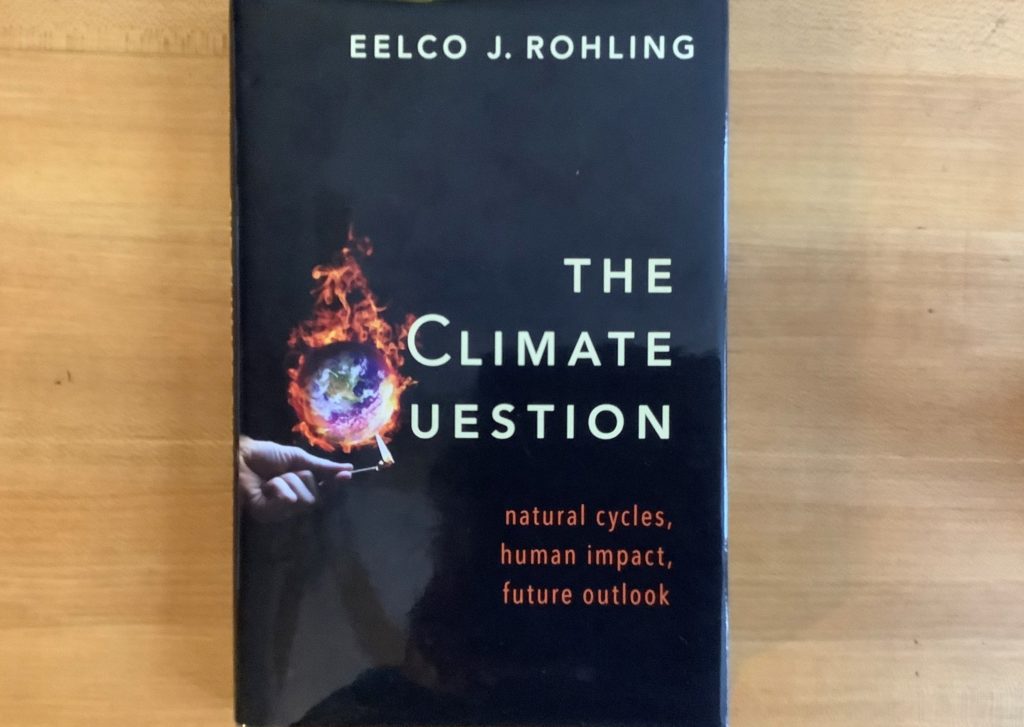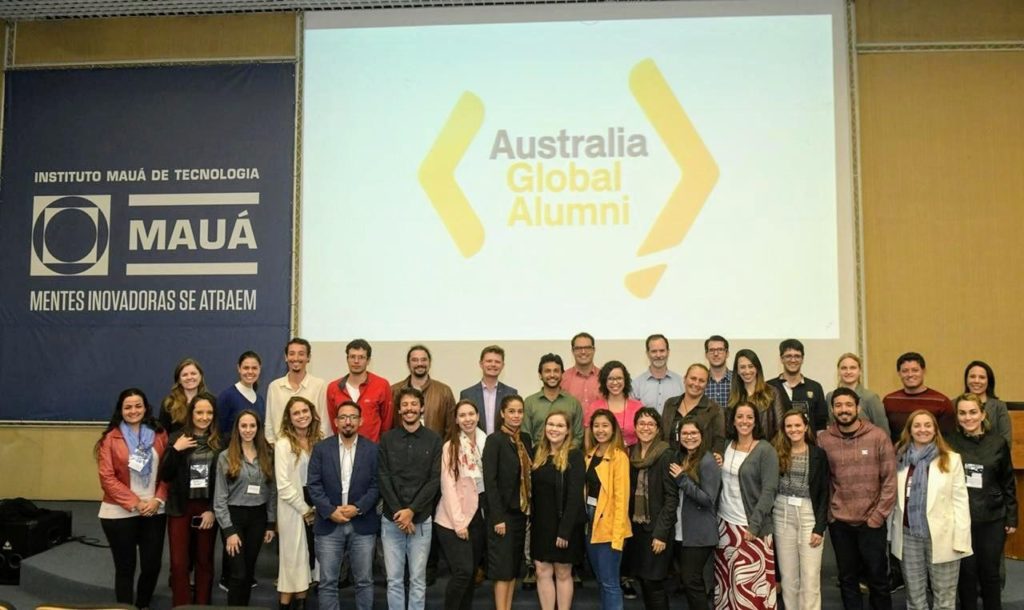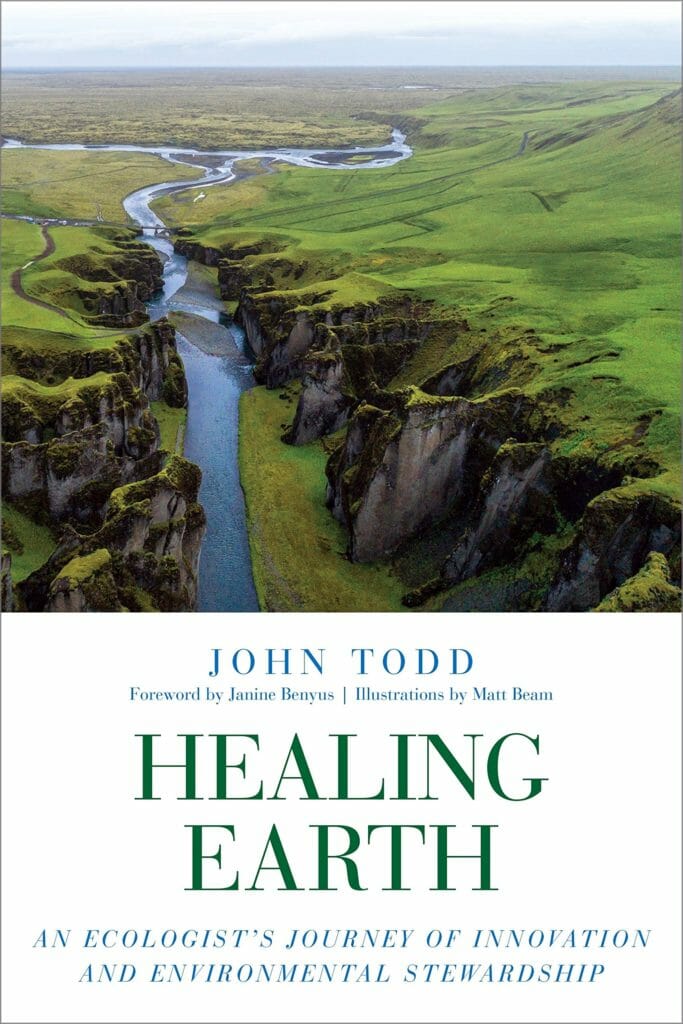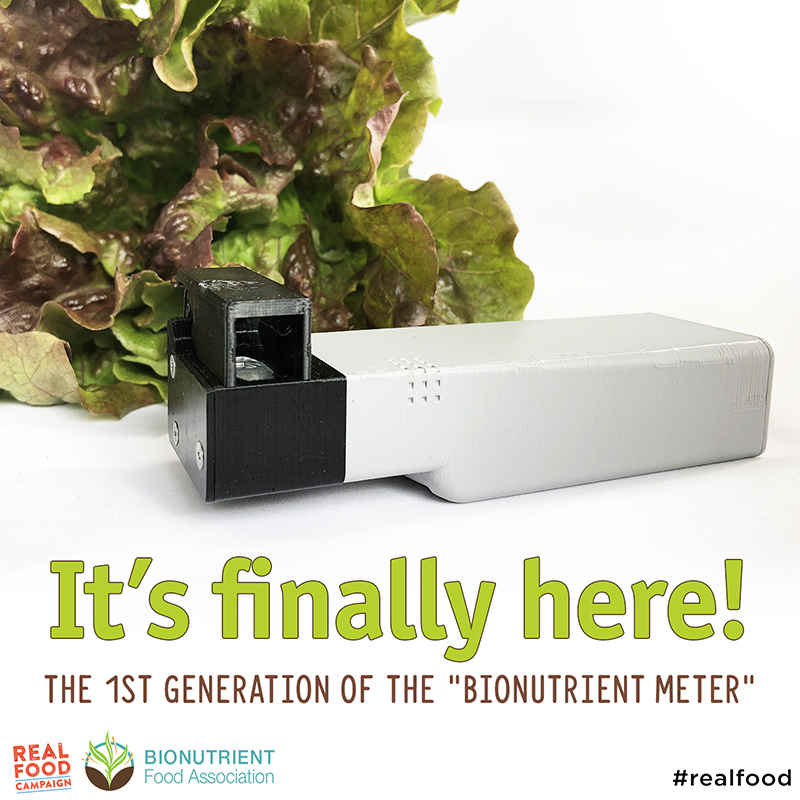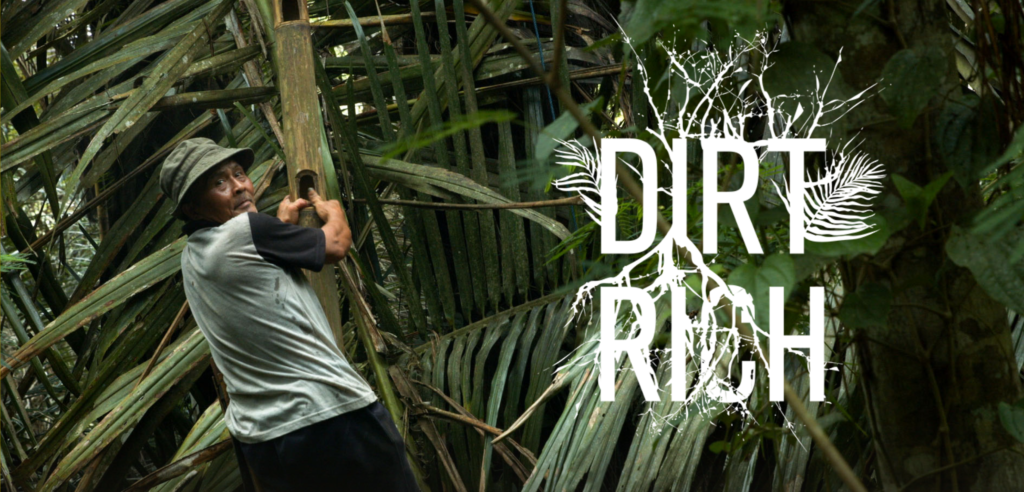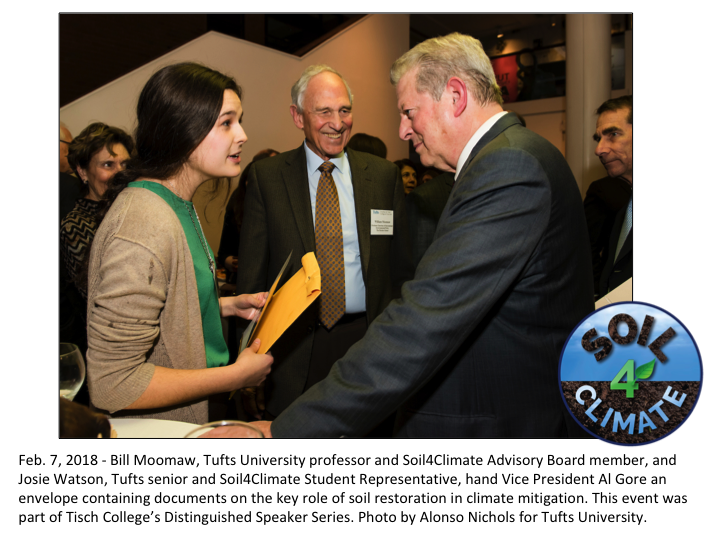Review of Eelco Rohling’s The Climate Question
The Climate Question: Natural Cycles, Human Impact, Future Outlook, 2019, Eelco Rohling, Oxford University Press, 162 p., reviewed by Tom Goreau, August 10, 2019
This slim volume is the best possible source for those who wish to understand how much humans and natural forces have changed the climate in the past and present, and what realistic options we have for nature-based solutions to prevent runaway climate change. Unlike other books about climate change, this one is firmly based in an understanding of the global carbon cycle and the changes it has underg...
RTE’s New Research Database Director Spreads Word about Remineralization at Australia-Brazil Conference
Above: Multidisciplinary team of researchers at the Australia-Brazil Alumni Conference.
The 4th Australia-Brazil Alumni Conference was held in São Caetano do Sul, at the Instituto Mauá de Tecnologia, from May 17th - 18th. Aiming to engage former scholarship recipients from Australian and Brazilian government programs, the two-day conference brought together a multidisciplinary team of researchers and students to explore ways to strengthen the scientific bonds among the two countries, stimulating international cooperation.
From biologists to lawyers, participants ...
University of California receives $4.7M to Study Carbon Sequestration with Rock Dust, Compost and Biochar
An exciting new consortium led by the University of California, Davis, and the UC Working Lands Innovation Center is setting out to find new ways of taking excess carbon dioxide out of the atmosphere using Nature’s best resource — soil.
The multipartner consortium has received a $4.7 million grant from California’s Strategic Growth Council to research and study the use of soil amendments in carbon sequestration.
Carbon sequestration is the process of removing carbon from the atmosphere and storing it as a fixed molecule in a carbon sink, such as soil, oceans ...
Healing Earth: An Ecologist’s Journey of Innovation and Environmental Stewardship by John Todd
Ecosystem restoration pioneer John Todd begins his new book Healing Earth: An Ecologist’s Journey of Innovation and Environmental Stewardship with “I am writing this book based on the belief that humanity will soon become involved in a deep and abiding worldwide partnership with nature. Millions of us will commit ourselves to reversing the long legacy of environmental degradation that threatens to destabilize the climate as well as the great ecologies that sustain life on Earth. We must develop a vast stewardship initiative, which will become the great work of our ...
Join Us at the Global Earth Repair Conference
Restoration efforts in the world are already substantial and there is a lot of experience and knowledge to draw on. The Global Earth Repair Conference is an exchange of information between earth repair practitioners. The conference addresses both the technical and social aspects of planetary regeneration.
--Global Earth Repair
Our hope is for the world community to act immediately in order to minimize the costs and damage that will result from past and ongoing maladapted practices. Only a truly global solution can work. Our best chance is to grow our way ...
Unveiling the First Generation Bionutrient Meter
We previously reported on the exciting prospects of the Bionutrient Meter, a hand-held device that measures the nutrient content of foods. Now, the Bionutrient Meter is a reality and is available for purchase. The Bionutrient Food Association are right now building the first 300 for early adopters, and they will make about 50 available at the upcoming Soil & Nutrition Conference November 30 - December 2, 2018 in Southbridge, MA. The device will be unveiled at the pre-conference on November 30, where it will likely sell out.
Early adopters of the Bionutrient Meter are ...
Conflict Puts Remineralization Project on Hold in Cameroon
Due to political conflict in Cameroon, FESCAM’s successful remineralization project is now on hold indefinitely. We have previously reported on the ongoing development of this project, including Remineralize the Earth’s (RTE) partnership with FESCAM. We hope to see the project return and thrive in the future and that the conflict in Cameroon will be resolved soon.
Cameroon is a sub-Saharan country with about 60% of the population engaged in agriculture, which contributes approximately 40% of the Gross National Product. Cameroon suffers from serious soil ...
Upcoming Conference “Regenerating Vitality: Realizing Nature’s Potential”
The 8th Annual Soil and Nutrition Conference will come to to Southbridge, MA this December 1 - 2, with a pre-conference event on November 30. The title for this year’s conference is “Regenerating Vitality: Realizing Nature’s Potential.” This event will bring together many leading members of the growing movement around quality.
The event will have 29 featured speakers -- including successful farmers, cutting-edge researchers, enlightened health practitioners, and pioneers of food quality -- sharing their collective knowledge of the broader food and environm...
Inspiring Documentary Features Geotherapy – Dirt Rich empowers viewers to participate in solutions to reverse runaway global warming
Dirt Rich, a new documentary by filmmaker Marcelina Cravat about geotherapy and regenerative agriculture, now has an official trailer and is making the rounds of film festivals. The film is narrated by actor Gregory Cruz and features music by Tom Rhodes. It has appeared in film festivals, including at the Green Film Fest in San Francisco, and will contribute to raising awareness of remineralization.
The filmmaking team of the award winning environmental documentary, Angel Azul, is about to release Dirt Rich, a creative and ambitious first of ...
Al Gore, Meet Soil4Climate – Spontaneous Soil Summit at Tufts University Reception
“Al Gore’s leadership on climate change has been second to none. The inclusion of soil carbon drawdown in his Climate Reality training of climate educators has helped spread awareness of soil’s role in climate mitigation.”
- Dr. Bill Moomaw
Vice President Al Gore recently spoke with two Soil4Climate representatives at a reception at Tufts University. Gore traveled to Tufts on February 7th to kick off the Spring 2018 Tisch College Distinguished Speaker Series. At the reception after Gore’s talk, William “Bill” Moomaw, Tufts University professor and ...

